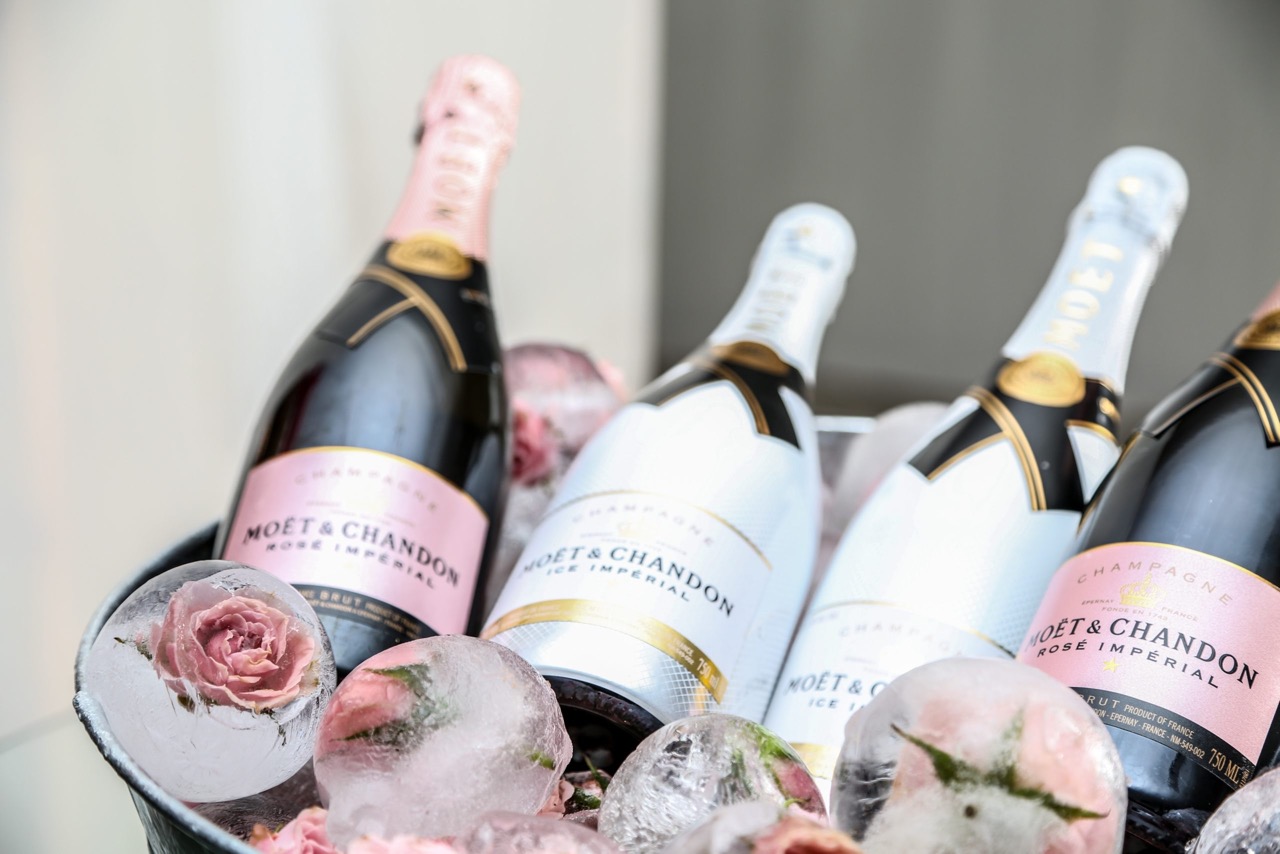

Articles
How To Store Sparkling Wine
Modified: January 22, 2024
Discover the best techniques and tips for storing sparkling wine in this helpful collection of expert articles. Store your bubbly properly to maintain its quality and taste.
(Many of the links in this article redirect to a specific reviewed product. Your purchase of these products through affiliate links helps to generate commission for Storables.com, at no extra cost. Learn more)
Introduction
Welcome to the wonderful world of sparkling wine! Whether you’re a fan of Champagne, Prosecco, Cava, or any other type of bubbly, you know that storing sparkling wine properly is crucial to preserving its taste and quality. In this article, we will dive into the ins and outs of storing sparkling wine so that you can enjoy it at its best.
Sparkling wine is known for its effervescence and celebratory nature. From toasting special occasions to adding a touch of elegance to an ordinary day, these fizzy libations have a way of putting a smile on our faces. However, to fully appreciate the unique characteristics of sparkling wine, it is important to store it correctly. Proper storage not only maintains the flavor and texture of the wine but also extends its shelf life.
Whether you are a wine collector or simply enjoy the occasional bottle, understanding the factors that impact the storage of sparkling wine is essential. From temperature and humidity to light exposure and bottle positioning, each element plays a role in preserving the wine’s integrity. By following the guidelines outlined in this article, you can ensure that your sparkling wine remains fresh and delicious until the moment it is uncorked.
So, let’s raise our glasses and delve into the world of sparkling wine storage, where we’ll explore the dos and don’ts of keeping your favorite bubblies in pristine condition. Cheers!
Key Takeaways:
- Proper storage of sparkling wine is crucial for preserving its flavor and quality. Factors such as temperature, humidity, light exposure, and bottle positioning play a vital role in maintaining the integrity of the wine.
- Understanding the ideal storage conditions, length of storage, and best practices for opening and serving sparkling wine ensures a delightful tasting experience. From choosing the right storage location to mastering the art of serving, every detail contributes to preserving the wine’s unique characteristics.
Read more: How To Store Sparkling Wine After Opening
Understanding Sparkling Wine
Before we dive into the nitty-gritty of storing sparkling wine, let’s take a moment to understand what makes it different from other types of wine.
Sparkling wine gets its signature bubbles through a natural or induced secondary fermentation process. During this process, carbon dioxide gas is trapped in the wine, creating those delightful bubbles that dance on your tongue. The primary grapes used in making sparkling wine are Chardonnay, Pinot Noir, and Pinot Meunier, although other varietals may be used as well.
One of the defining characteristics of sparkling wine is its level of sweetness. Various terms such as “Extra Brut,” “Brut,” “Extra Dry,” and “Demi-Sec” are used to indicate the level of sweetness, ranging from bone dry to moderately sweet. It’s important to note that the sweetness level affects the aging potential and storage requirements of the wine.
The production method also plays a vital role in the quality and aging potential of sparkling wine. The traditional method, also known as méthode champenoise or méthode traditionnelle, involves a secondary fermentation in the bottle, resulting in wines with more complexity and depth. On the other hand, the Charmat method and carbonation technique are used for producing sparkling wines with a lighter and more fruit-forward profile.
Now that we have a basic understanding of sparkling wine, let’s explore the key factors to consider when it comes to storing these delightful bubbly beverages.
Choosing the Right Storage Location
The storage location for your sparkling wine is crucial in maintaining its quality and taste. Here are some key considerations when selecting the right place to store your bottles:
1. Temperature: Proper temperature is vital for preserving the integrity of sparkling wine. The ideal temperature range for storing sparkling wine is between 45°F (7°C) and 55°F (13°C). It’s important to avoid extreme temperature fluctuations, as they can damage the wine. Keep in mind that warmer temperatures can accelerate the aging process, while cooler temperatures can slow it down.
2. Humidity: The humidity level in the storage area also plays a role in preserving the quality of sparkling wine. Aim for a humidity level of around 70%, as this helps keep the cork moist and prevents it from drying out. Dry corks can lead to wine oxidation and spoilage. Conversely, excessively high humidity levels can promote mold growth on the bottles and labels. Maintaining a moderate humidity level is key.
3. Light exposure: Sparkling wine is highly sensitive to light, especially ultraviolet (UV) rays. Excessive exposure to light can degrade the wine and cause it to develop “lightstruck” aromas, giving it an unpleasant taste. Therefore, it is best to store sparkling wine in a dark or dimly lit area. If you have clear or transparent bottles, consider using wine sleeves or storing them in a wine rack or cabinet that shields them from direct light.
4. Stability: It is important to choose a storage location that provides stability and minimizes vibrations. Vibrations can disturb the sediment in sparkling wine and affect its taste and texture. Avoid storing bottles near appliances, speakers, or other sources of constant vibration. Opt for a location that is steady and free from frequent movement.
5. Odors and strong smells: Sparkling wine can easily absorb odors from its surroundings, which can negatively impact its flavor. Therefore, it is best to avoid storing it near strong-smelling substances such as cleaning agents, perfumes, or spices. Look for a dedicated wine storage area or cellar that is relatively odor-free.
By considering these factors when choosing the right storage location for your sparkling wine, you can help ensure that the bottles remain in optimal condition for a longer period of time. In the next section, we will delve deeper into the ideal temperature for storing sparkling wine.
Ideal Temperature for Storing Sparkling Wine
Temperature plays a critical role in the proper storage of sparkling wine. Maintaining the ideal temperature helps preserve the wine’s flavors, aromas, and overall quality. Here’s what you need to know about the ideal temperature for storing sparkling wine:
The recommended temperature range for storing most sparkling wines is between 45°F (7°C) and 55°F (13°C). This range strikes a balance between slowing down the aging process and preserving the freshness and effervescence of the wine. Temperatures below this range can inhibit the aging process and result in a less expressive wine, while temperatures above this range can accelerate aging and lead to premature oxidation.
Consistency is key when it comes to temperature. Fluctuations in temperature can have a detrimental effect on the quality of the wine. Rapid temperature changes can cause the wine to expand and contract, leading to pressure changes within the bottle, which can ultimately affect the cork and seal integrity. It is advisable to store sparkling wine in an environment where the temperature remains relatively stable to ensure the wine’s longevity.
Avoid storing sparkling wine in locations that are prone to extreme heat or cold, such as near radiators, ovens, or windows. These areas can expose the wine to temperature spikes that can compromise its taste and texture. Additionally, if the wine is exposed to excessively low temperatures, the carbon dioxide trapped in the bottle can freeze and potentially push the cork out, causing wine leakage and spoilage.
If storing sparkling wine for long-term aging, it is advisable to maintain the lower end of the temperature range (around 45°F or 7°C). This helps to slow down the aging process and allows the wine’s flavors to develop more slowly over time. However, if you plan to consume the wine within a shorter period, storing it closer to the higher end of the temperature range (around 55°F or 13°C) can help maintain its vibrancy and freshness.
Investing in a wine cooler or refrigerator specifically designed for storing wine can help you maintain the ideal temperature range consistently. These appliances allow you to regulate and monitor the temperature, ensuring that your sparkling wine remains in optimal condition.
Remember, maintaining the ideal temperature is crucial for preserving the taste, aroma, and overall quality of your sparkling wine. In the next section, we will explore the importance of controlling humidity levels in wine storage.
Controlling Humidity Levels
When it comes to storing sparkling wine, humidity is another important factor to consider. Controlling humidity levels is essential for preserving the quality and longevity of the wine. Here’s why humidity matters and how to maintain optimal levels:
Humidity refers to the amount of moisture or water vapor present in the air. In wine storage, maintaining a moderate humidity level of around 70% is recommended. The main purpose of controlling humidity is to prevent the corks from drying out.
Dry corks can lead to a phenomenon known as “cork shrinkage,” which can compromise the seal of the bottle and allow unwanted air to enter. When air enters the bottle, the wine can oxidize and spoil. Additionally, dry corks can become brittle and crumble when opening the bottle, making it difficult to remove them without any cork fragments falling into the wine.
On the other hand, excessively high humidity levels can promote the growth of mold on the bottles and labels, which can be detrimental to the wine’s aesthetics and even affect its taste. It is important to strike a balance and maintain a moderate level of humidity to ensure the long-term integrity and quality of the wine.
To control humidity, you can consider the following methods:
- Cellar: If you have a wine cellar or a dedicated wine storage area, the natural insulation and humidity regulation capabilities of these spaces can be advantageous. Cellars tend to have high humidity levels, which can benefit the storage of sparkling wine. However, it is still essential to monitor and adjust the humidity levels if necessary.
- Humidifier: Using a humidifier can be a practical solution, especially in dry environments or during seasons when the air is drier. A humidifier adds moisture to the air, helping to maintain the desired humidity level. It’s important to choose a humidifier suitable for the size of your wine storage area and to monitor the humidity level regularly to ensure it stays within the optimal range.
- Hygrometer: A hygrometer is a device used to measure humidity levels. Investing in a reliable hygrometer allows you to monitor and maintain the proper humidity range for your sparkling wine. This tool can provide valuable insights into whether additional humidity control measures are necessary.
By controlling humidity levels within the recommended range, you can ensure that the corks remain moist, the bottles are in pristine condition, and your sparkling wine retains its freshness and quality over time. In the next section, we will discuss the importance of avoiding exposure to light when storing sparkling wine.
Avoiding Exposure to Light
When it comes to storing sparkling wine, protecting it from light is crucial. Light exposure, especially ultraviolet (UV) rays, can have detrimental effects on the wine’s flavor, color, and overall quality. Here’s why you should keep your sparkling wine away from light and how to prevent light damage:
Light, particularly UV rays, can cause a phenomenon known as “lightstruck” or “sunstruck” wine. This occurs when the UV rays interact with compounds in the wine, leading to chemical reactions that produce off-flavors and unpleasant aromas. The wine can develop a “skunky” or “wet cardboard” smell, akin to the aroma of a skunk’s spray. These undesirable aromas can significantly diminish the drinking experience.
Sunlight and fluorescent lighting are the most common sources of light that can negatively impact sparkling wine. It is essential to store your bottles in a dark or dimly lit area that is shielded from direct light. Avoid placing your wine near windows, as even filtered sunlight can still have a damaging effect over time.
If your sparkling wine bottles are clear or transparent, they are more susceptible to light damage. Consider using wine sleeves or covers to protect the bottles from exposure to both visible and UV light. Wine sleeves are specifically designed to shield the bottles and prevent light from reaching the wine. Additionally, storing the bottles in a wine rack or cabinet with opaque or tinted glass doors can also be effective in safeguarding them from light.
If you collect sparkling wine and have a dedicated wine cellar or storage area, it’s important to ensure that the room is properly insulated and light-proofed. Light fixtures in the storage area should emit minimal UV rays, and windows or openings should have UV-resistant films or coverings to prevent light infiltration.
Remember, even a short period of exposure to light can have a lasting impact on the quality of your sparkling wine. By storing your bottles in a dark and light-protected environment, you can preserve the wine’s flavors, aromas, and overall integrity over an extended period of time.
Now that we’ve covered the importance of avoiding light exposure, let’s move on to discussing the correct position in which to store your sparkling wine.
Store sparkling wine in a cool, dark place away from direct sunlight and temperature fluctuations. Keep the bottle on its side to keep the cork moist and prevent it from drying out. Avoid storing in the refrigerator for extended periods as the vibration can affect the wine’s flavor.
Storing Sparkling Wine in the Correct Position
The position in which you store your sparkling wine plays a crucial role in maintaining its quality and preventing potential issues. Proper bottle positioning ensures that the cork remains in contact with the wine, which helps keep it moist and maintains a proper seal. Let’s explore the correct position to store your sparkling wine:
Traditionally, sparkling wine bottles are stored horizontally, with the bottle lying on its side. This position allows the wine to keep the cork moist, preventing it from drying out and compromising the seal. When the cork remains moist, it swells and creates a tight seal that prevents the entry of oxygen, which could lead to premature aging and oxidation of the wine.
Storing sparkling wine horizontally also minimizes the surface area of wine in contact with the air inside the bottle. This reduces the risk of oxidation and helps to maintain the wine’s freshness and vibrancy.
Additionally, storing bottles horizontally can also help prevent the accumulation of sediment in older sparkling wines. As sparkling wines age, they may naturally develop a small amount of sediment. Storing the bottles horizontally keeps the sediment settled in one place, making it easier to handle and pour the wine without disturbing the sediment when you’re ready to open it.
However, there are some exceptions to the rule of storing sparkling wine horizontally. If you plan to consume the bottle within a short period of time, such as a few weeks or months, storing it upright is acceptable. This gives the wine minimal contact with the cork and prevents the risk of any potential cork-related issues, such as cork taint or leakage.
When storing sparkling wine in an upright position, make sure it is in a stable and secure location where it won’t be subject to vibrations or movements that could disturb the wine inside the bottle. Additionally, keep in mind that storing the bottle upright increases the surface area of wine exposed to oxygen, so it is best to consume the wine sooner rather than later to maintain its freshness.
To summarize, storing sparkling wine horizontally is generally preferred to keep the cork moist and maintain a tight seal. However, if you plan to consume the bottle within a short period, storing it upright is acceptable.
Now that we’ve covered the correct bottle positioning, let’s explore the importance of managing vibration and movement when storing sparkling wine.
Managing Vibration and Movement
When it comes to storing sparkling wine, minimizing vibration and movement is crucial to ensure the wine’s quality and to prevent any undesirable effects. Vibrations and excessive movement can disrupt the wine inside the bottle and negatively impact its taste and texture. Here are some key considerations for managing vibration and movement when storing sparkling wine:
1. Stability: Choose a storage location that provides stability and minimizes vibrations. Avoid storing your sparkling wine near appliances, speakers, or other sources of constant vibration. Vibrations can disturb the sediment in sparkling wine, affecting its clarity and taste. Opt for a location that is steady and free from frequent movement.
2. Handling: When moving or transporting sparkling wine bottles, make sure to handle them with care. Avoid shaking the bottles or subjecting them to any sudden movements that can agitate the wine inside. Keep in mind that even small jolts can create pressure changes within the bottle, potentially affecting the cork and seal integrity. Move the bottles slowly and gently to minimize any disturbances.
3. Storing: When placing sparkling wine bottles in storage, ensure that they are secure and won’t be subject to unnecessary movement. Use bottle racks, holders, or wine cellar shelves specifically designed to cradle the bottles and keep them in place. This helps to prevent accidental tipping or rolling that could cause the bottles to get bumped or jostled.
4. Transportation: If you need to transport sparkling wine, take precautions to minimize vibration and movement during the journey. Use padded wine bags or boxes that provide cushioning and help absorb shock. Keep the bottles stable and secure, and avoid any rough handling or placing them in areas where they can slide or collide with other objects.
By managing vibration and movement, you can protect the integrity of the wine and ensure that your sparkling bottles remain in optimal condition. This, in turn, allows you to fully appreciate the finesse and effervescence of the wine when you finally uncork it.
Next, let’s discuss the length of time you can store sparkling wine before it begins to lose its freshness and quality.
Length of Sparkling Wine Storage
While sparkling wine is known for its celebratory nature and delightful effervescence, it is important to note that it is not a wine designed for long-term aging like some red or white wines. The ideal storage time for sparkling wine varies depending on the type and style of wine. Here’s a general guideline on the length of time you can store sparkling wine:
Non-Vintage Sparkling Wine: Non-vintage sparkling wine, which is a blend of wines from different years, is typically meant to be consumed within a few years of its release. It is crafted to be enjoyed while maintaining a fresh and youthful profile. Storing non-vintage sparkling wine for more than 2-3 years may result in a loss of its vibrant characteristics and overall quality.
Vintage Sparkling Wine: Vintage sparkling wines, produced from grapes harvested in a particular year, are typically more complex and have a greater aging potential compared to non-vintage varieties. These wines often benefit from a few years of cellaring to develop more nuanced flavors and aromas. Depending on the quality of the vintage, vintage sparkling wines can be stored for 5-10 years or even longer, provided they are kept in optimal conditions.
Prestige Cuvées: Prestige cuvées, also known as tête de cuvée or flagship wines, are the pinnacle of quality and craftsmanship in the sparkling wine world. These wines are made from the finest grapes and often aged for an extended period before release. Prestige cuvées have the highest aging potential among sparkling wines, with some top examples capable of aging gracefully for 10-20 years or more.
It’s important to note that the storage times mentioned above are general guidelines and can vary depending on the specific wine, producer, and storage conditions. It is always recommended to consult the producer’s recommendations for their specific wine. Additionally, personal preference also plays a role in determining how long to store sparkling wine. Some individuals enjoy the youthful and vibrant characteristics of younger sparkling wines, while others prefer the added complexity that comes with aging.
To ensure the longevity and quality of your sparkling wine during storage, it is essential to follow the proper storage conditions, including temperature, humidity, light exposure, and bottle positioning. By maintaining optimal storage conditions, you can maximize the potential enjoyment of your sparkling wine when it comes time to uncork and savor it.
In the next section, we will discuss the best practices for opening and serving sparkling wine that has been stored for some time.
Read more: How To Store Wine In Wine Fridge
Opening and Serving Stored Sparkling Wine
When it comes to opening and serving stored sparkling wine, there are a few best practices to ensure that you can fully enjoy and appreciate its flavors and effervescence. Here’s what you need to know about opening and serving sparkling wine that has been stored for some time:
1. Preparation: Before opening a stored bottle of sparkling wine, it is essential to allow it to rest upright for a short period. This helps settle any sediment that may have formed during aging. Give the bottle a gentle twist to ensure it moves freely without any signs of excessive carbonation or pressure buildup.
2. Chilling: Sparkling wine is best served chilled, as lower temperatures can help accentuate the wine’s crispness and bubbles. However, be mindful not to over-chill the wine, as extremely cold temperatures can dull its flavors and aromas. A general rule of thumb is to chill the wine between 45°F (7°C) and 50°F (10°C).
3. Opening: When it comes time to open the bottle, handle it with care to minimize agitation. Hold the bottle at a slight angle, pointing away from yourself and others. Gently twist the wire cage holding the cork in place, keeping a firm grip on the cork to prevent it from popping out abruptly.
4. Pouring: When pouring sparkling wine, aim to achieve a gentle and controlled stream of tiny bubbles. Tilting the glass while pouring helps minimize the speed of the wine’s descent into the glass, preserving the effervescence. Avoid filling the glass to the rim, as leaving some space allows the aromas to collect and be appreciated.
5. Glassware: Choosing the right glassware can enhance the sparkling wine experience. Opt for narrow, flute-shaped or tulip-shaped glasses to help concentrate the aromas and channel the bubbles. These types of glasses preserve the wine’s effervescence and showcase its vibrant character. Avoid using wide, shallow glasses, as they can cause the bubbles to dissipate quickly.
6. Storage After Opening: If you have leftover sparkling wine after opening, it’s best to reclose the bottle tightly with a sparkling wine stopper or a sparkling wine-specific closure. This helps preserve the remaining effervescence and minimize oxidation. Store the opened bottle in the refrigerator, and try to consume it within 1-3 days for optimal enjoyment.
Remember, serving stored sparkling wine is an opportunity to savor the complexity that has developed over time. Take your time to appreciate the aromas, flavors, and effervescence as you enjoy each sip. And most importantly, share the experience with family and friends to fully celebrate and appreciate the beauty of the stored sparkling wine.
Finally, let’s recap what we have covered in this article before concluding.
Conclusion
Storing sparkling wine properly is essential to maintain its flavor, quality, and effervescence. By understanding the unique characteristics of sparkling wine and implementing key storage practices, you can ensure a delightful tasting experience every time. Let’s recap the main points we have covered in this article:
1. Choose the right storage location: Consider factors such as temperature, humidity, stability, and light exposure when selecting the ideal storage location for your sparkling wine.
2. Maintain the ideal temperature: Aim for a temperature range between 45°F (7°C) and 55°F (13°C) to keep the wine at its best. Avoid extreme temperature fluctuations.
3. Control humidity levels: Aim for a moderate humidity level of around 70% to prevent corks from drying out and compromising the wine’s seal.
4. Avoid exposure to light: Shield your sparkling wine from direct light, especially UV rays, which can lead to off-flavors and aromas. Store bottles in a dark or dimly lit area.
5. Store bottles in the correct position: Storing sparkling wine horizontally keeps the cork moist and helps prevent oxidation. Consider storing upright for short-term storage or if recommended by the producer.
6. Minimize vibration and movement: Keep your sparkling wine in a stable location and handle bottles with care to prevent disturbances that can affect the wine inside.
7. Understand the length of storage: Non-vintage sparkling wines are best consumed within a few years, while vintage and prestige cuvées can age longer. Follow the specific recommendations for each wine and producer.
8. Master the art of opening and serving: Allow the bottle to rest upright before opening, chill to the appropriate temperature, pour gently, use proper glassware, and store leftovers correctly.
By following these guidelines, you can ensure your sparkling wine remains at its best, ready to be shared and savored on special occasions or simply enjoyed as a treat. So, raise your glasses and toast to the world of sparkling wine!
Remember, the journey doesn’t end here. Keep exploring and expanding your knowledge of sparkling wine, experimenting with different styles, and discovering new flavors. Cheers to a sparkling wine experience filled with joy, celebration, and unforgettable moments!
Frequently Asked Questions about How To Store Sparkling Wine
Was this page helpful?
At Storables.com, we guarantee accurate and reliable information. Our content, validated by Expert Board Contributors, is crafted following stringent Editorial Policies. We're committed to providing you with well-researched, expert-backed insights for all your informational needs.
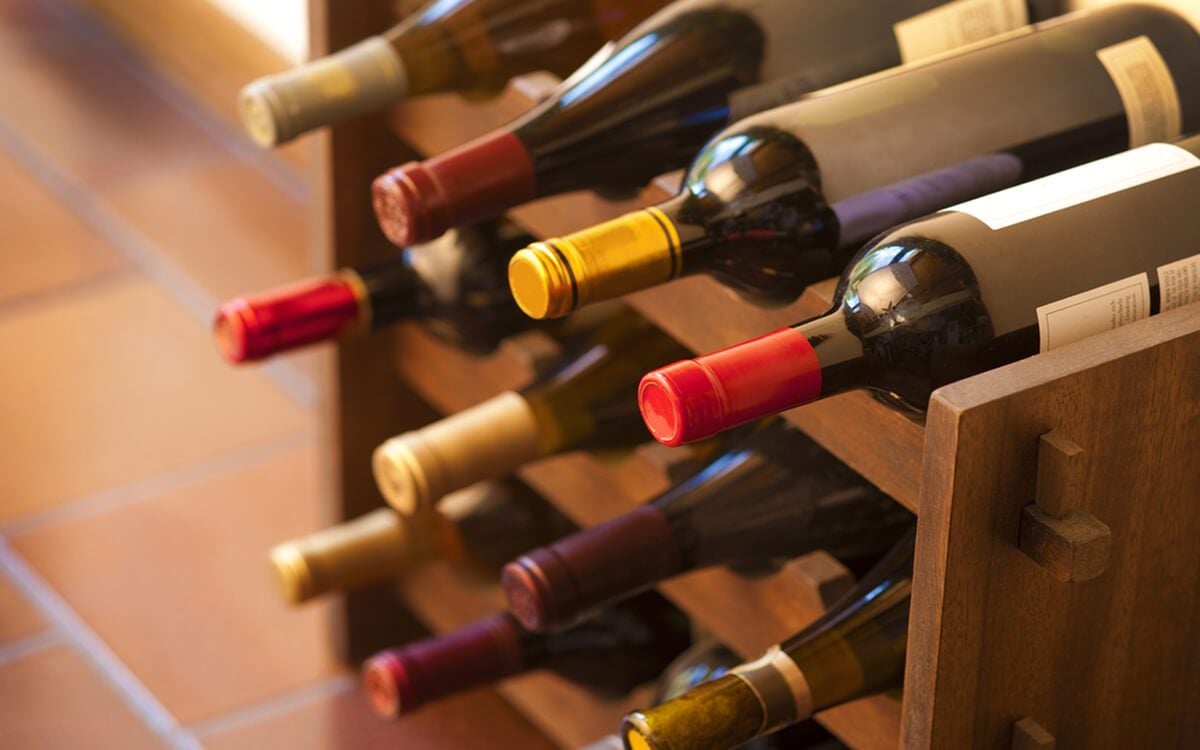
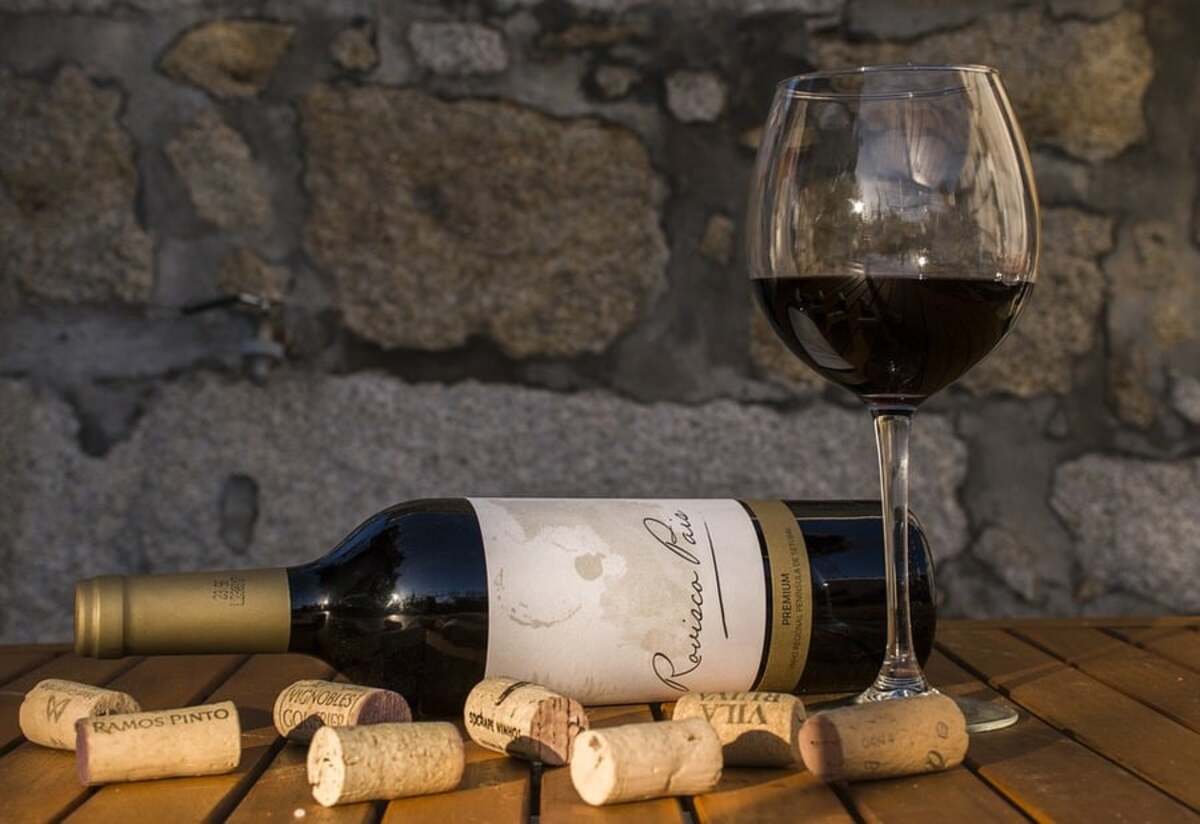
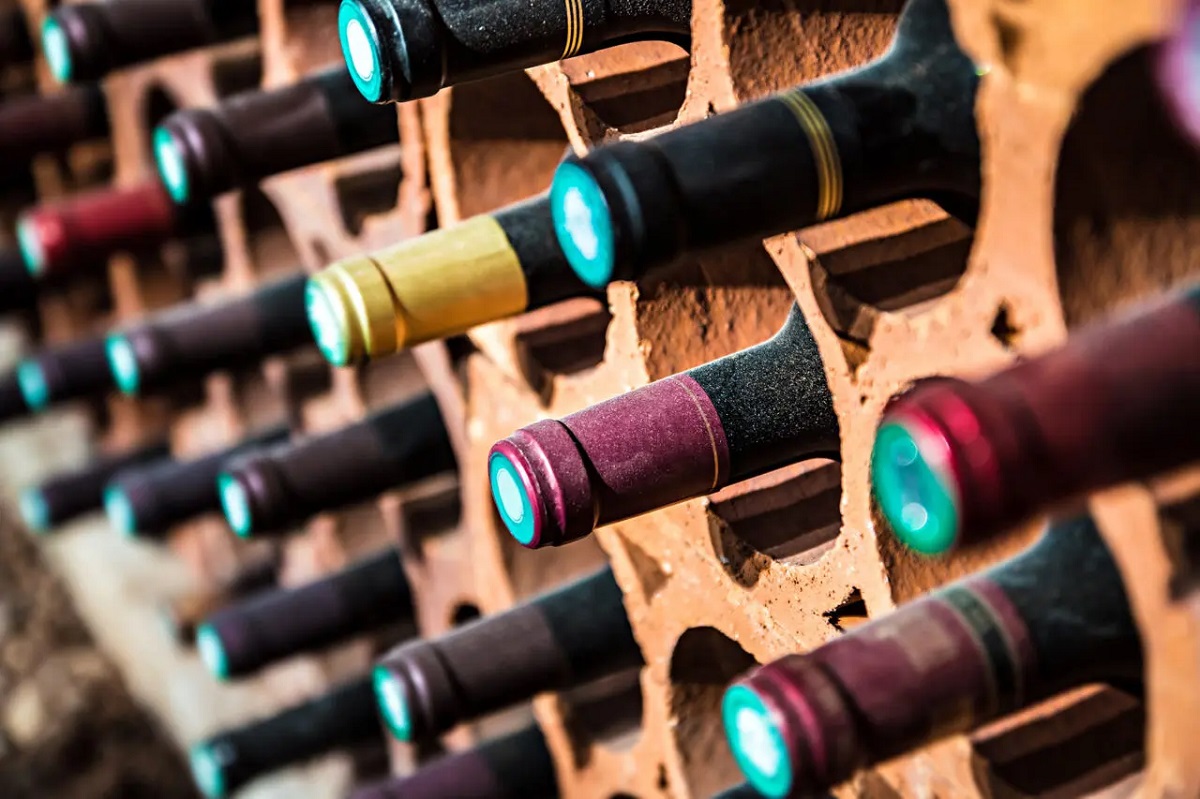
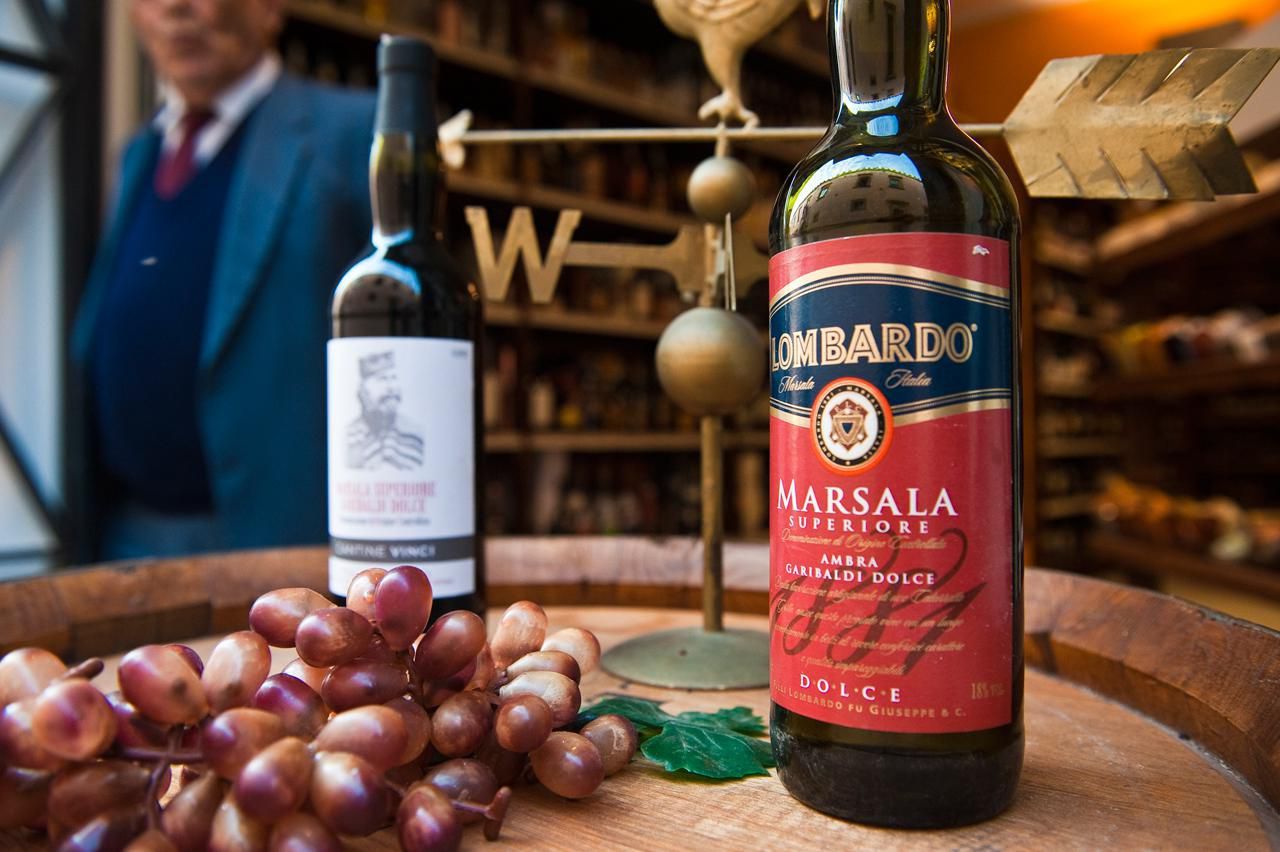
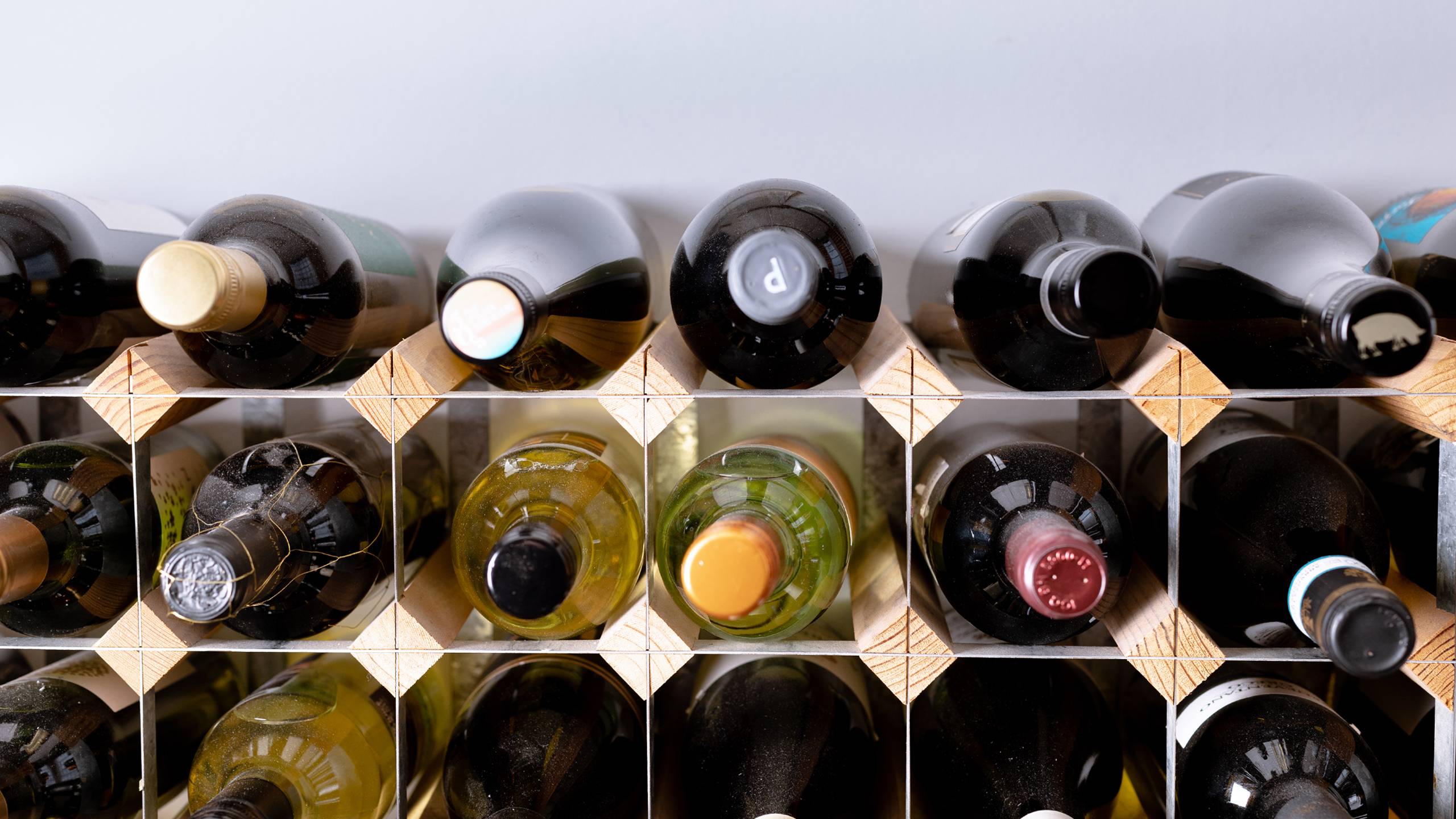
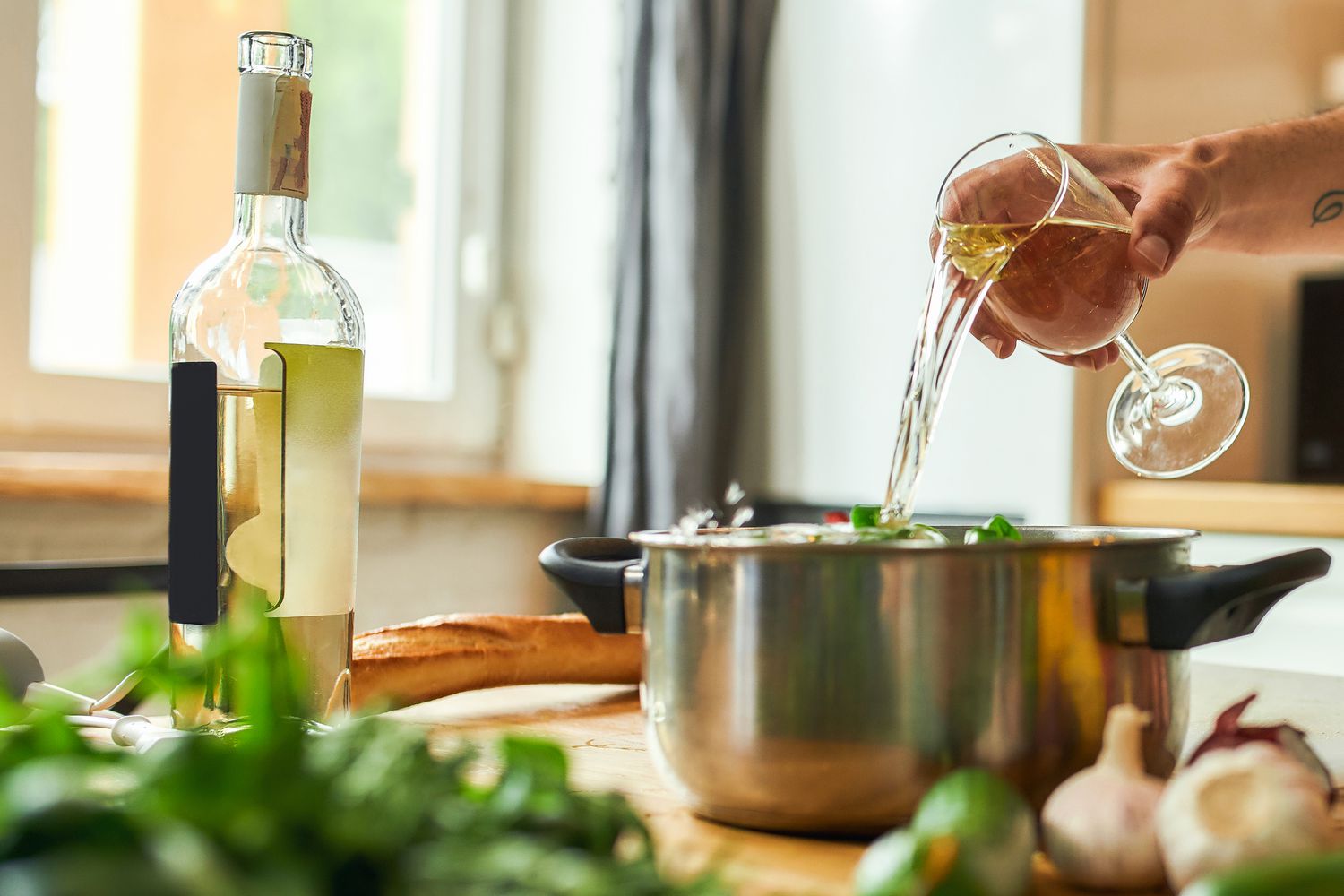
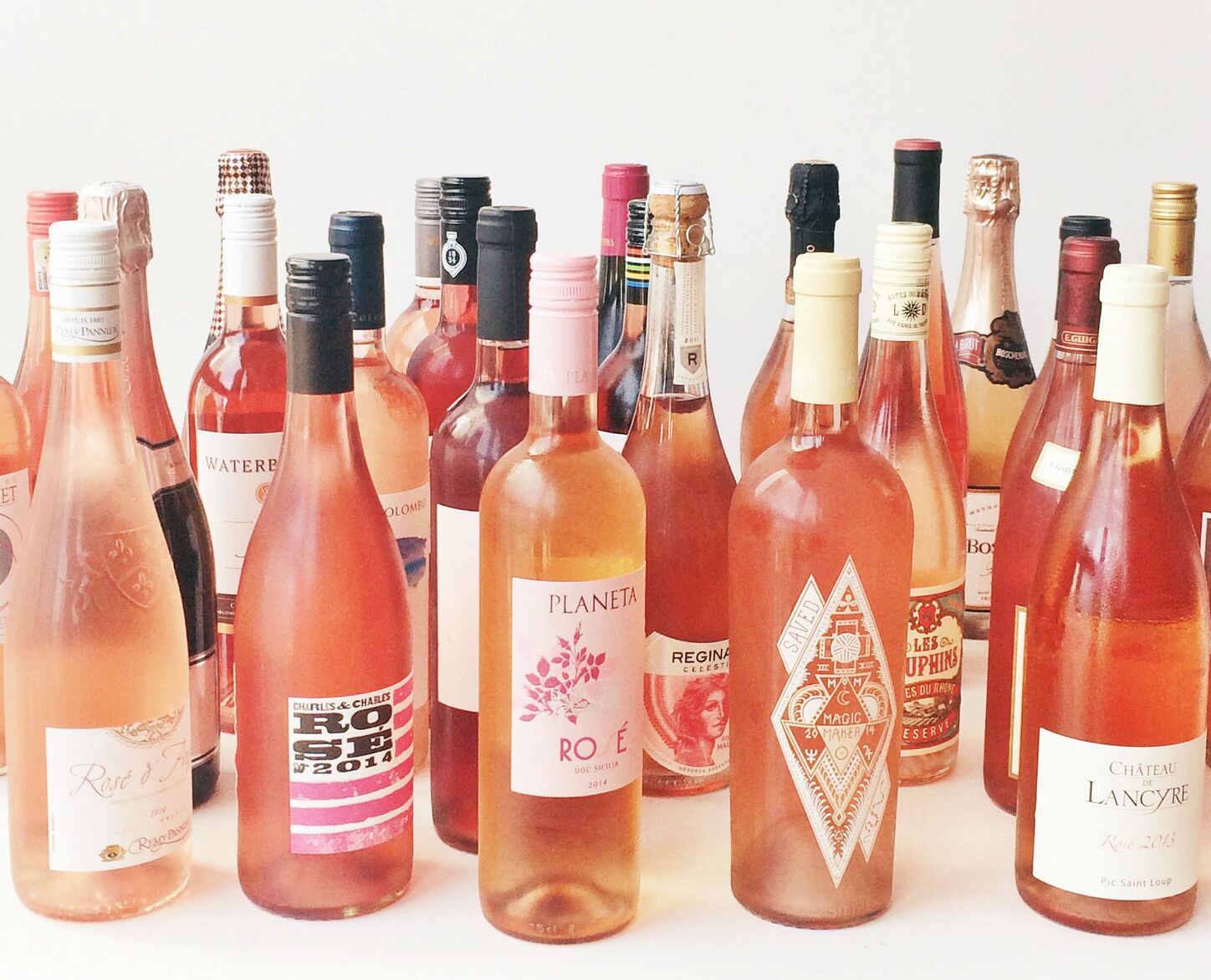
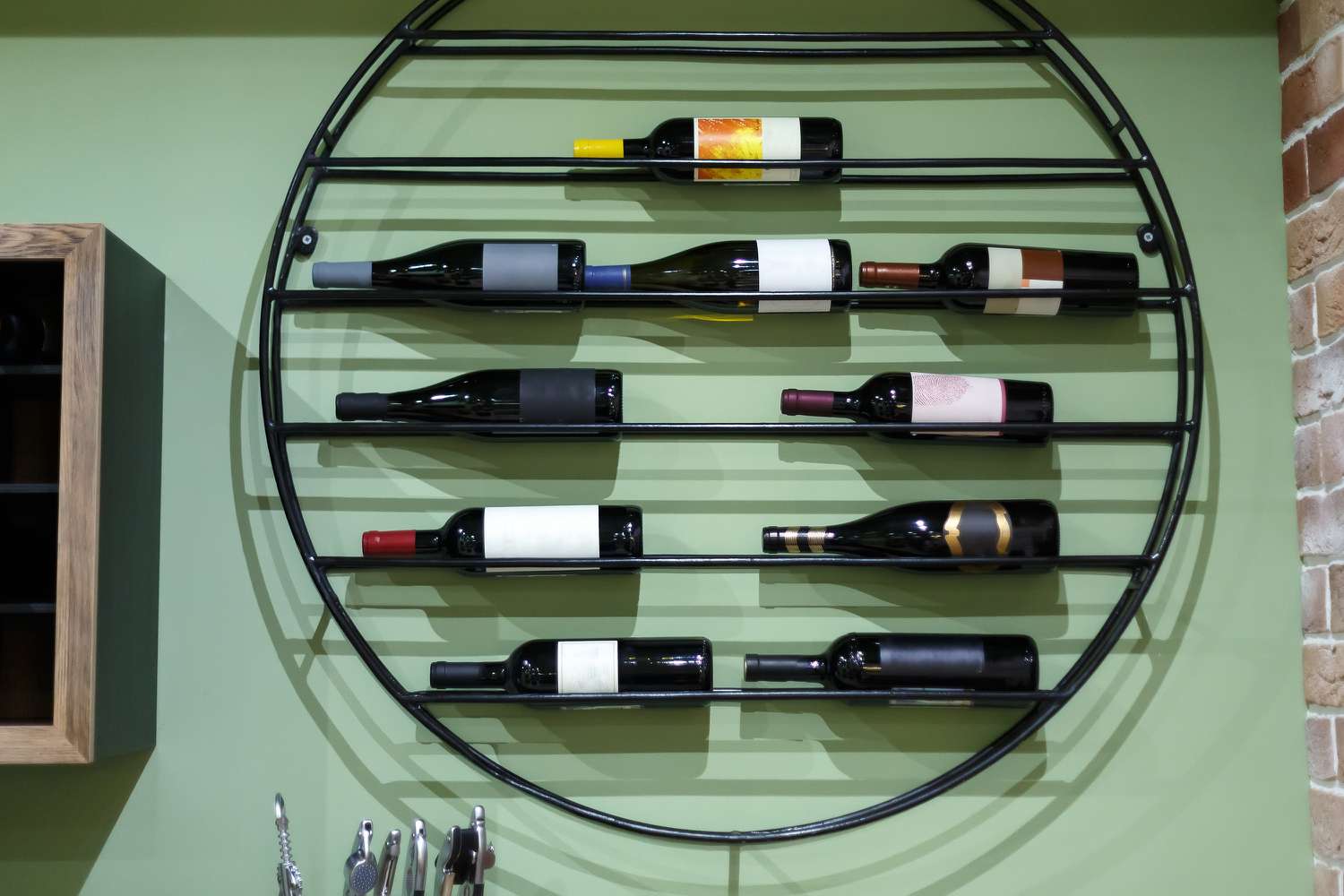
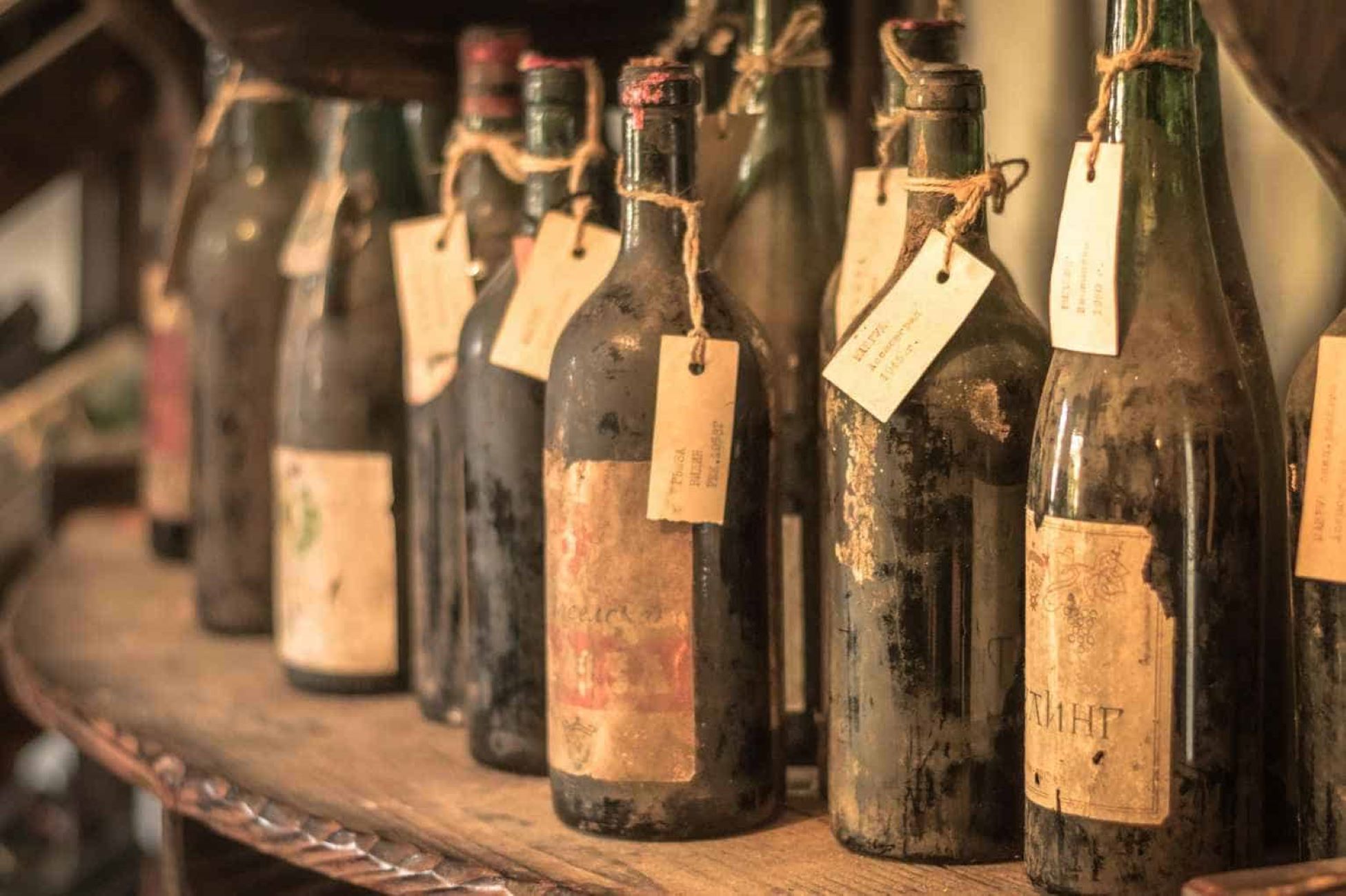
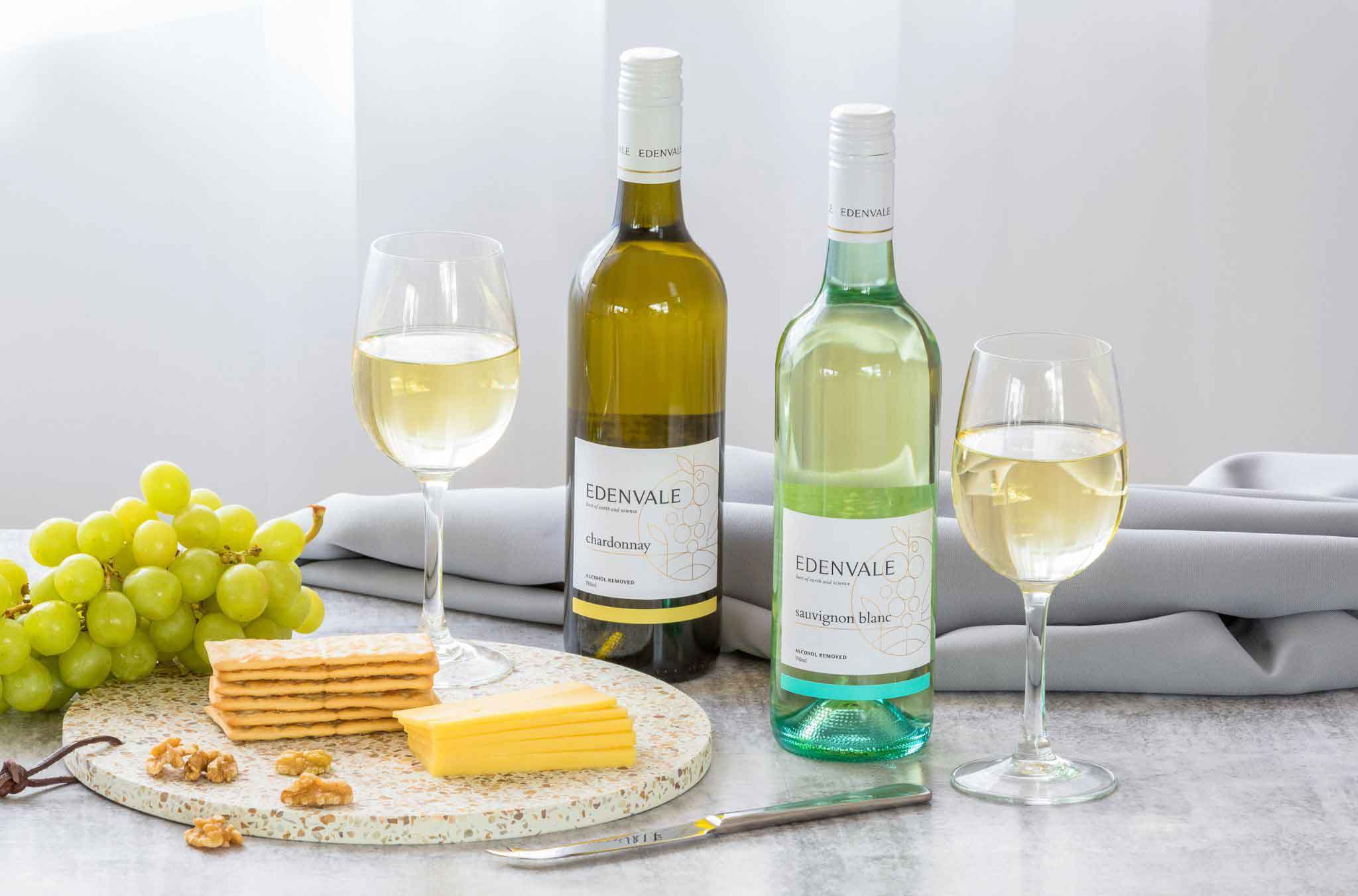
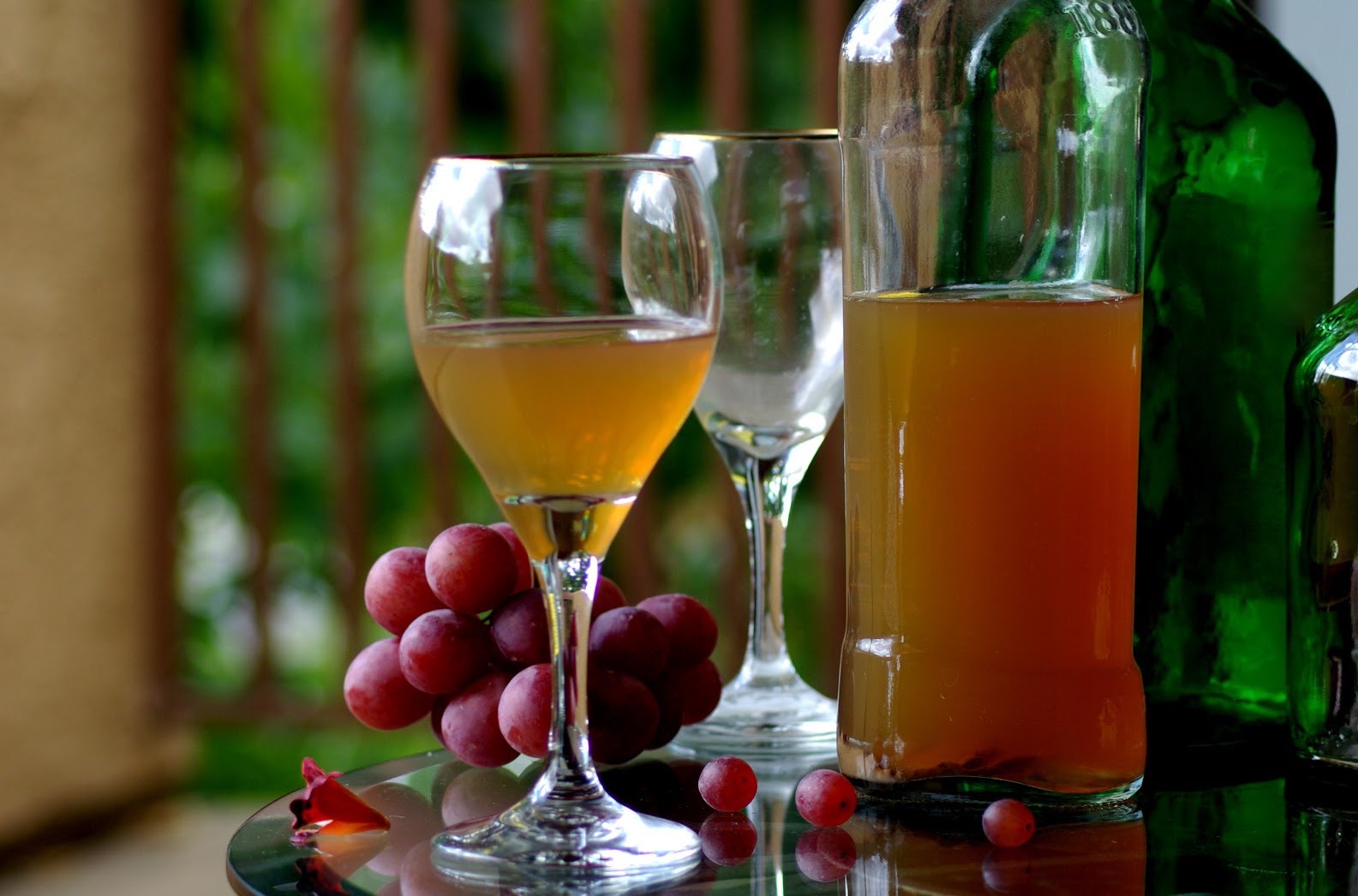
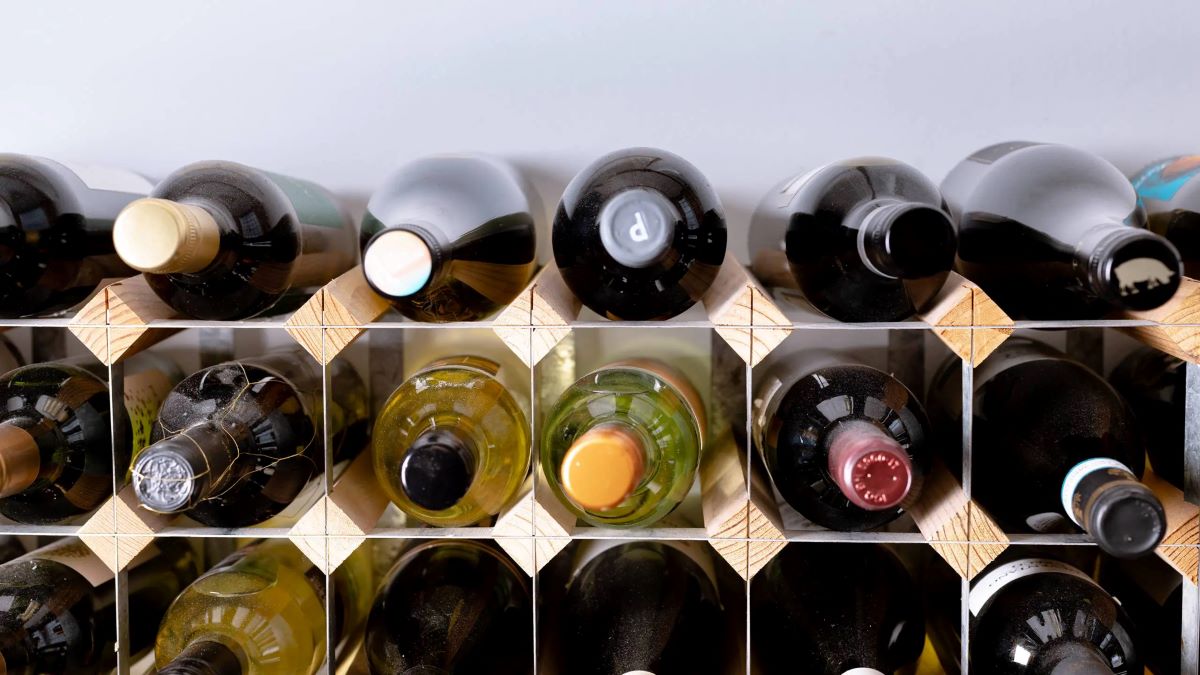
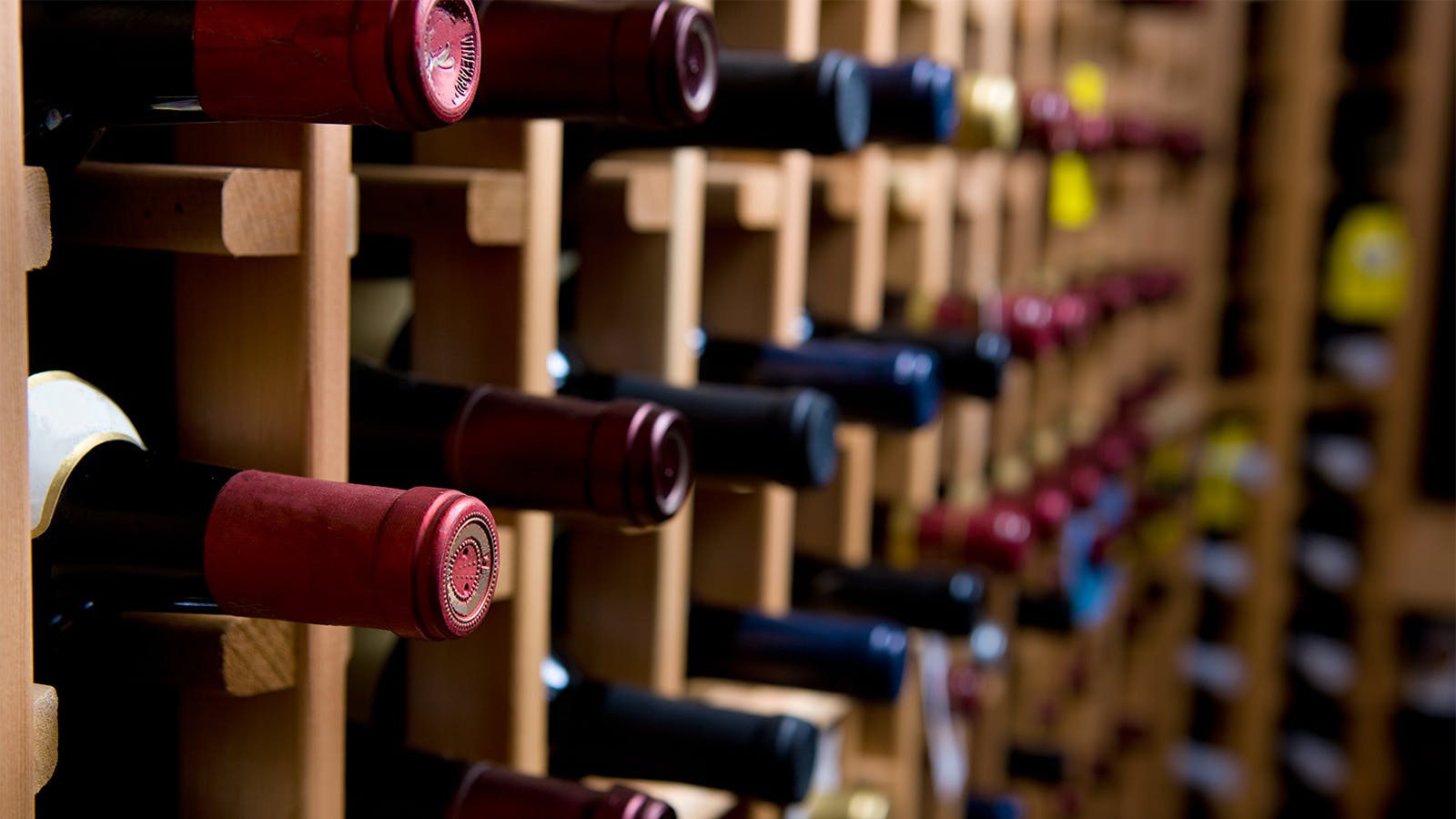

0 thoughts on “How To Store Sparkling Wine”